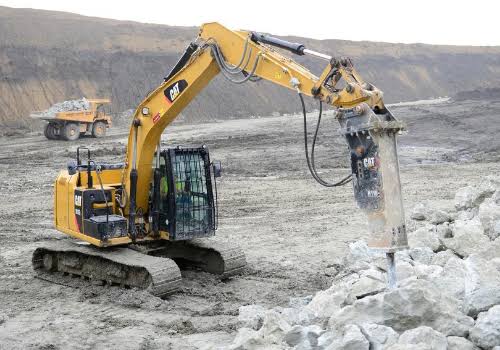
Our Fixed Assets Details: 1) Pockland L & T Komatso 210LC. 2) Atlas Hydraulic Breaker MB1500. 3) Pocklane JCB 205 (2) 4) Breaker JS215 NXT HM2180HD (2) 5) 6×4 Tipper 7. 6) JCB Loder 2.
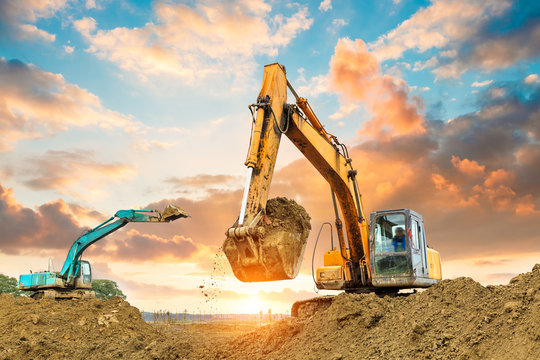
Construction site excavations involve the controlled removal of soil and debris to create foundations for buildings, roads, or other structures. This process is critical for ensuring stability and proper structural support. Excavation also involves tasks like trenching, grading, and backfilling to prepare the site for further construction activities. Safety protocols and accurate measurements are essential during this phase.
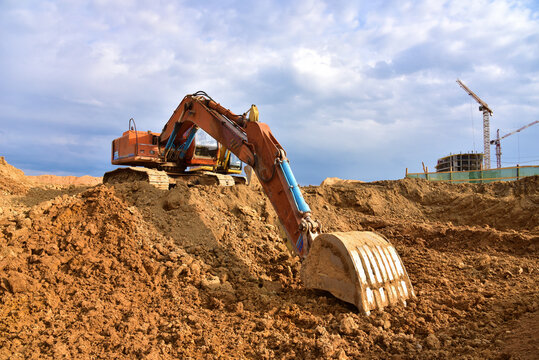
Backfilling in construction refers to the process of refilling an excavated area with soil or other materials after the desired construction work is completed. This helps in restoring the ground level, providing stability, and enhancing structural support. Proper compaction of the backfilled material is crucial to prevent settling and ensure a solid foundation for the project.
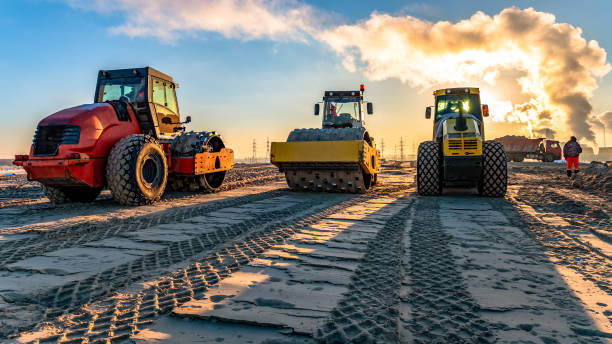
Compaction in construction involves compressing soil, gravel, or other materials to reduce air voids and increase the density of the material. This enhances the stability, load-bearing capacity, and overall performance of the construction site. Proper compaction minimizes settling and improves the longevity of structures by preventing shifts in the ground over time.
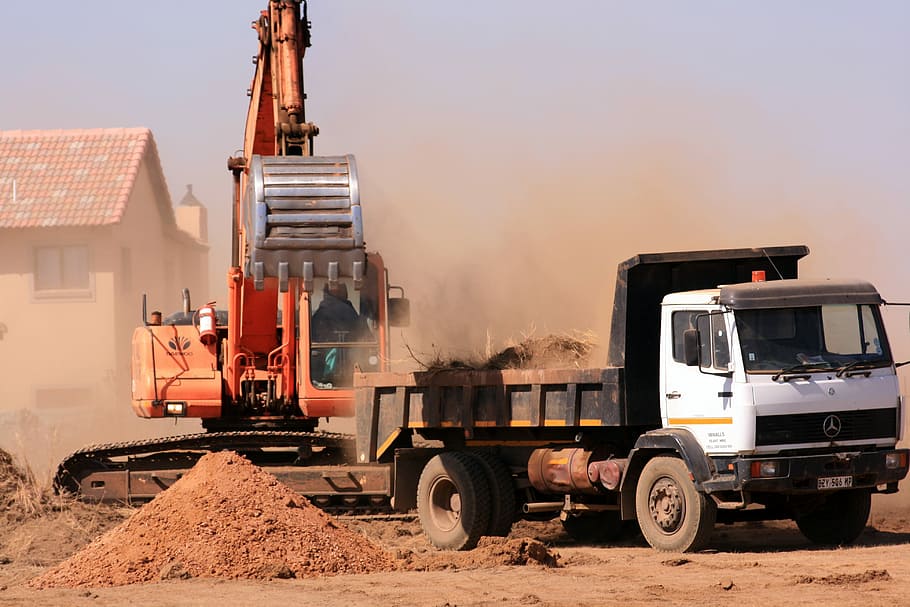
Transporting on a construction site entails moving materials, equipment, and resources to various areas for building purposes. This includes delivering construction materials like concrete, steel, and timber, as well as relocating heavy machinery and tools. Efficient transportation logistics are essential for timely project completion and ensuring that all necessary elements are in place for construction activities.
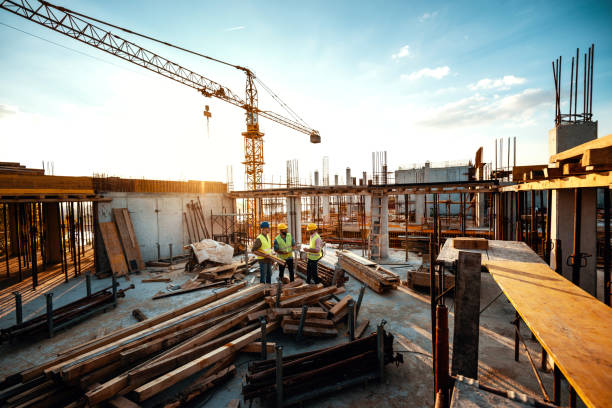
Infrastructure construction sites involve building essential public systems such as roads, bridges, utilities, and transportation networks. These projects play a vital role in supporting economic growth and enhancing the quality of life for communities. They require meticulous planning, engineering expertise, and adherence to safety regulations to create lasting and functional assets.
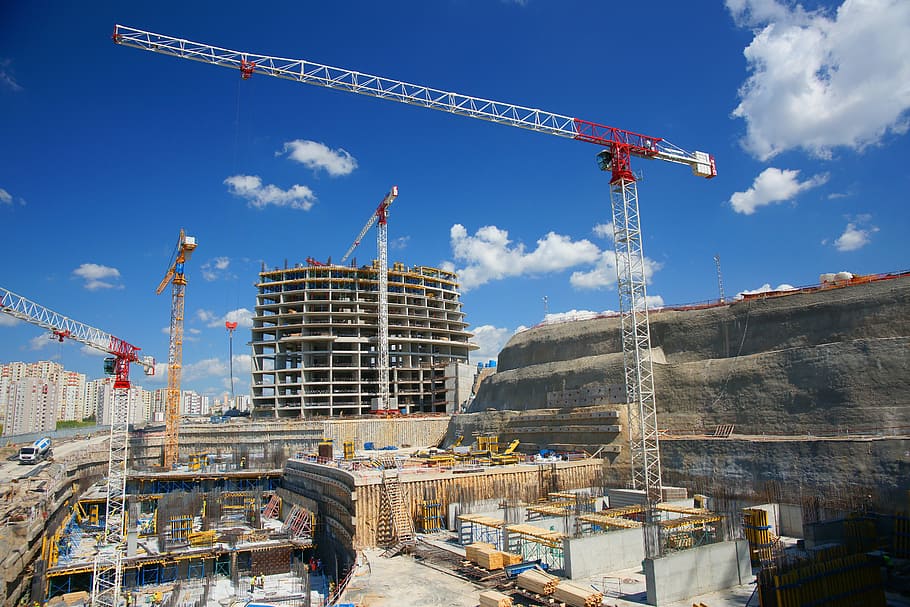
Leveling a construction site is the process of ensuring a uniform and even ground surface before commencing building activities. This involves adjusting the elevation of the terrain through grading and earthmoving to accommodate the intended structure's foundation requirements. Proper leveling contributes to stable construction, efficient drainage, and optimal functionality of the built environment.
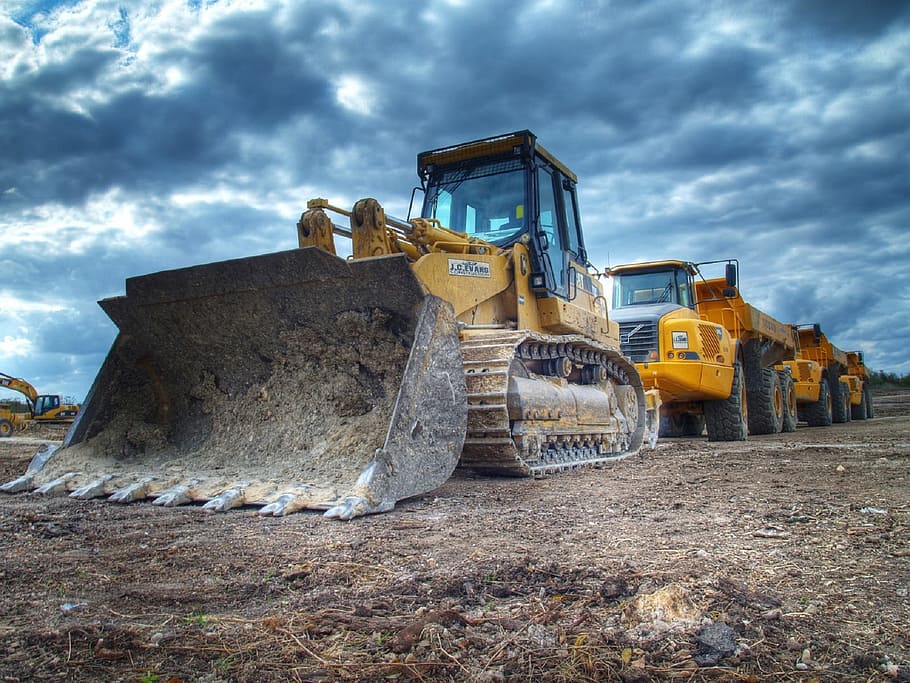
Mining construction sites involve extracting valuable minerals, ores, or resources from the Earth's crust. This process often requires the creation of extensive excavations, tunnels, and infrastructure for extraction and transportation. Mining sites demand careful environmental management to mitigate impacts and ensure sustainable resource utilization.